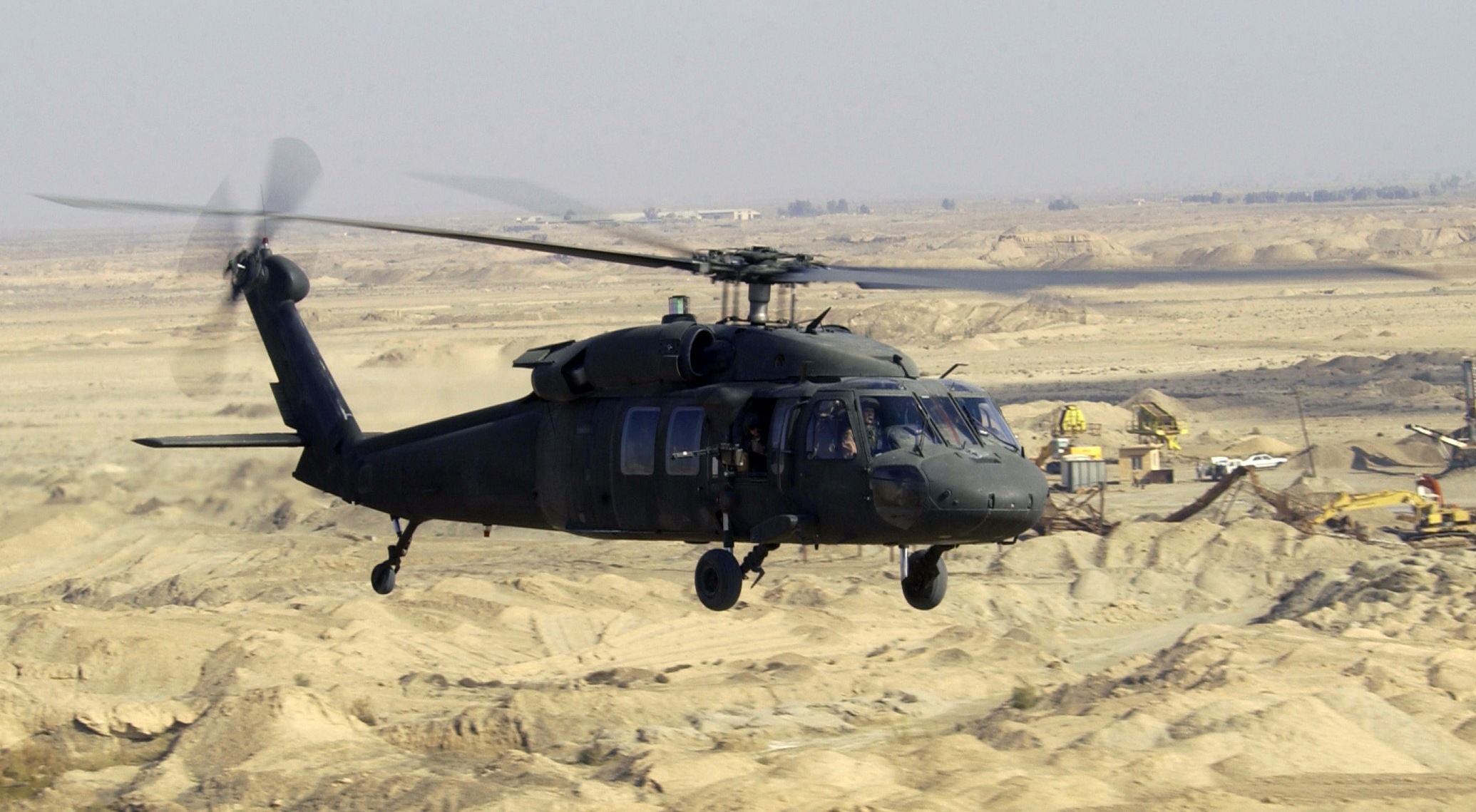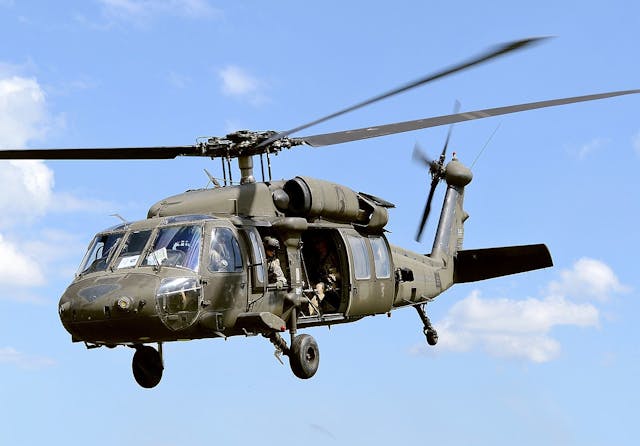The Impact of Lasting Practices on the Future of Airplane Procedures and Emissions Decrease
As the aviation sector encounters raising examination over its environmental impact, the adoption of sustainable practices becomes a vital pathway toward future aircraft operations and emissions decrease. Innovations in sustainable air travel gas and innovations in crossbreed propulsion technologies stand at the forefront of this change, appealing substantial decreases in greenhouse gas exhausts. However, the effective combination of these initiatives depends upon a selection of factors, including regulatory frameworks and sector partnership. The concern remains: exactly how will these evolving techniques improve the characteristics of flight and add to an extra lasting future?

Summary of Lasting Practices
Lasting techniques in aircraft procedures encompass an array of methods focused on reducing environmental influence while maintaining operational performance. These techniques are vital in the aeronautics market's commitment to lessening its carbon footprint and adhering to worldwide environmental criteria. Trick initiatives include optimizing trip paths to decrease fuel usage, improving upkeep methods to ensure airplane run at peak efficiency, and executing sophisticated innovations such as winglets and lightweight materials that improve aerodynamics.

Involving and educating staff on sustainability practices additionally play a vital function, promoting a culture of ecological responsibility within organizations. Overall, the integration of these sustainable methods not only helps in reducing discharges yet also improves the long-term practicality of the aviation market, guaranteeing it satisfies the needs of both clients and governing bodies while adding to worldwide sustainability objectives.
Cutting-edge Gas Alternatives
Numerous ingenious fuel options are becoming crucial solutions to reduce the air travel industry's reliance on typical nonrenewable fuel sources. Among these choices, Lasting Air travel Gas (SAFs) have acquired substantial attention due to their potential to decrease lifecycle greenhouse gas emissions by up to 80% contrasted to standard jet gas. SAFs are originated from various feedstocks, including waste oils, agricultural deposits, and also algae, making them a functional alternative for the sector.
Another promising choice is hydrogen gas, which, when used in gas cells, generates only water vapor as a result. Furthermore, electrical propulsion systems are being checked out, leveraging battery technology to power airplane.
Last but not least, biofuels originated from biomass are being investigated, offering a sustainable option that can be blended with traditional gas. Collectively, these cutting-edge fuel alternatives stand for an important step towards accomplishing a sustainable air travel community, straightening with worldwide exhausts decrease targets and enhancing the sector's ecological stewardship.
Technological Advancements in Air Travel

Just how can technical advancements improve the future of aeronautics? Innovations such as electric and hybrid propulsion systems are at the forefront, promising considerable decreases in fuel intake and greenhouse gas discharges.
In addition, the application of advanced materials, such as light-weight composites, adds to improved the rules of aerodynamics and fuel efficiency. The This Site usage of expert system and artificial intelligence in flight operations enhances route preparation and reduces fuel melt by making it possible for real-time modifications based upon weather and website traffic problems. Additionally, the development of independent and remotely piloted airplane systems stands to transform cargo and guest transportation, potentially increasing performance while lessening human mistake.
Additionally, sustainable air travel modern technologies, including advanced air web traffic monitoring systems, can streamline operations and lower blockage, leading to reduced exhausts during flight. These improvements jointly represent a standard change in aviation, promising a future where sustainability and operational effectiveness are linked, consequently sustaining the sector's dedication to lowering its environmental impact.

Governing Structure and Compliance
In light of the expanding focus on ecological stewardship within the aeronautics field, the regulative structure governing airplane operations is developing to advertise sustainable practices. Governing bodies, such as the International Civil Air Travel Company (ICAO) and different national aeronautics authorities, are introducing rigorous guidelines aimed at minimizing emissions and boosting operational performance.
These guidelines frequently consist of the adoption of Lasting Air travel Gas (SAF), which has actually been acknowledged as a key element in achieving reduced carbon impacts. Conformity with these laws requires airline companies to execute sophisticated technologies and operational techniques, such as maximized flight paths and boosted air website traffic monitoring, to lessen my blog gas usage.
In addition, the enforcement of emissions trading plans and carbon offsetting efforts is becoming increasingly common, engaging airline companies to keep track of and report their exhausts precisely. Non-compliance can cause substantial fines, hence pressing operators to prioritize sustainability in their service designs.
Eventually, the advancing governing landscape not just drives innovation and investment in green technologies but also fosters a culture of accountability within the aviation industry. As these frameworks continue to develop, the emphasis on sustainable techniques will certainly be important to achieving the industry's long-term environmental objectives.
Future Trends in Airplane Workflow
As the aviation sector adapts to a significantly rigorous governing setting, future patterns in aircraft operations are readied to concentrate on ingenious services that further boost sustainability and performance - uh 60. Trick advancements will likely include the fostering of innovative air web traffic management systems, which make use of real-time information and man-made intelligence to optimize flight courses, lowering fuel intake and discharges
Another significant fad is the raised combination of sustainable aviation fuels (SAFs) These choices to conventional jet gas, stemmed from renewable sources, can dramatically reduce lifecycle greenhouse gas emissions. The sector's commitment to SAFs will likely increase as airlines team up with fuel producers to ensure schedule and cost-effectiveness.
Additionally, the press towards electrification and crossbreed propulsion systems is gaining energy. Arising aircraft designs will certainly include these modern technologies, providing quieter and much more effective procedures, specifically for short-haul trips.
Verdict
To conclude, the assimilation of lasting practices in airplane operations holds considerable possibility for emissions reduction and improved performance. The adoption of sustainable air travel fuels, combined with improvements in hybrid and electric propulsion systems, is necessary for minimizing lifecycle greenhouse gas emissions. Moreover, optimizing trip paths and embracing innovative technologies contribute to a quieter and much more eco friendly air travel market. Collectively, these efforts align with worldwide sustainability goals and lead the method for a greener future in air travel.
Developments in lasting air travel gas and improvements in hybrid propulsion technologies stand at the center of this improvement, promising significant decreases in greenhouse gas exhausts.Countless cutting-edge gas choices are emerging as critical services to decrease the aeronautics sector's reliance on traditional fossil fuels - uh 60. Among these choices, Lasting Aviation Gas (SAFs) have gained substantial interest due to their potential to reduce lifecycle greenhouse gas emissions by up to 80% contrasted to traditional jet gas.One more substantial pattern is the increased assimilation of sustainable aeronautics fuels company website (SAFs) The fostering of sustainable air travel gas, combined with advancements in hybrid and electric propulsion systems, is necessary for reducing lifecycle greenhouse gas exhausts